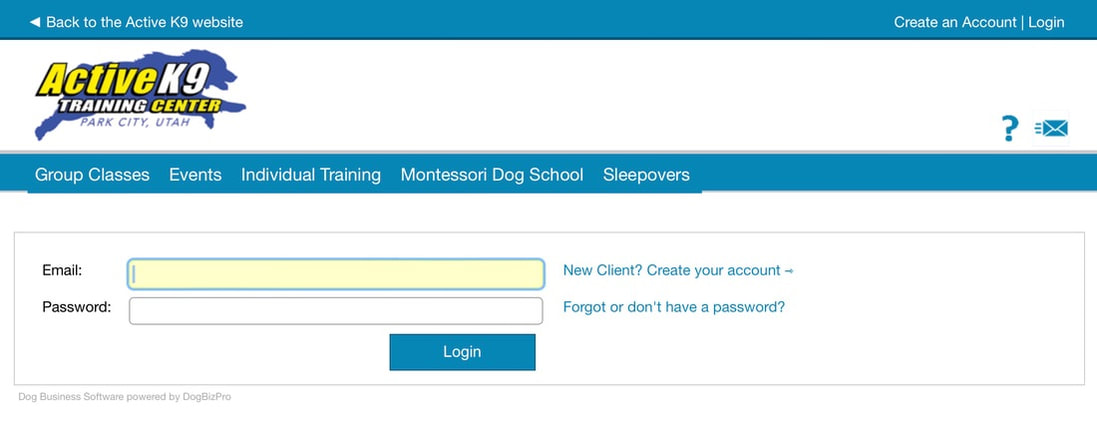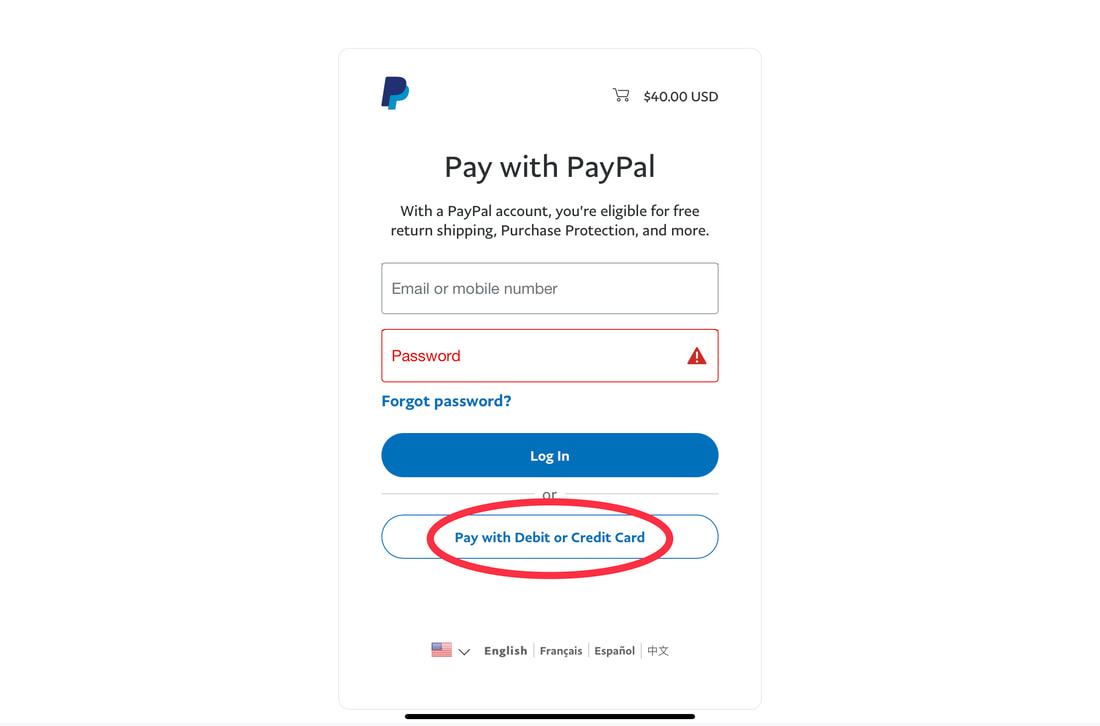 Foxtails are the hidden danger of summer to our four legged family members. These grasses shed their seeds in the most unfavorable way, embedding themselves in the fur coats of our pets. Or worse, in their skin. As you can imagine, these barbed seeds have serious health consequences if they find their way into your dogs skin. These nasty little buggers have a way of embedding into your dogs body which can lead to irritation, and an inevitable infection. Depending on where this is on your dogs body, it can be quite a costly vet visit. Have we scared you enough? Lets tackle how we avoid foxtails becoming a problem. Identifying Foxtails: Here in Utah we most definitely have a variety of grasses that can be of issue. It’s particularly bad this year, with Park City vets seeing 2-3 dogs a day for seed removals. In this photo that Samantha took, at the new trail in Silver Creek Village, you will see one type of problem grass. The 1-hour rule:The way we handle foxtails is a pretty simple 1-hour rule. First, we walk. Let the dogs have all their fun and then once we are at home the first thing we do is go over them real quick and pick off any potential foxtails or grass seeds we find. From there we let the dogs do their normal thing for about an hour, and then we check them again. This double check system is a great way to catch some of those stragglers that might be hiding inside their fur. It’s good to get in the habit of being doubly sure there are no seeds left on their body! Where & What to Look For: So where do you check for foxtails! While everywhere is an acceptable answer, here are some specific places that seem to be the most common. - Toes: This is one of the most common areas that foxtails go unnoticed. It’s worth checking between each toe after a summer walk to make sure nothing is hiding in their fur. They usually end up deep in between the toes up by the fleshy part of their skin. If you find your dog licking a paw a lot after a walk, its worth doing another check to make sure something isn’t awry. - Ears: Ears are one of the first places to chek for these sneaky burgers. A foxtail down in the ear canal can be BIG trouble if it goes unnoticed. A visual inspection is usually all you need to do the trick. These will usually be accompanied by lots of head shaking and a cockeyed ear. - Nose: This one is quite hard to miss, as your dog will likely be sneezing up a storm. - Legs & Armpits: You'll likely find the most seeds in the hair on your dogs legs. It's what they use to cruise through the bushes after all. But keep in mind that the armpit is another common area to see these sneaky devils hiding. Again, these will likely be up high in the crease of the armpit, towards the elbow.
Swelling is another sign that your dog may be dealing with an imbedded foxtail. This also means it’s Vet time, as it’s slowly becoming an infection which is where the trouble really starts. Thankfully with a little diligence these little buggers are just a minor inconvenience to our summer fun, and often times nothing more. Hope that helps keep you and your pet healthy and safe for the rest of our summer fun!
0 Comments
Here are the steps to pay for a consultation or any other invoice without the need for a PayPal account. Make sure you’ve already setup your Dogbizpro account (instructions are in the consultation email) before moving onto these steps. Step 1: click ‘Pay Now’ via the invoicing email sent by Active K9. Step 2: Login to your Dogbizpro account. (This is setup via the consultation email. If you are having trouble login in please reach out via [email protected]). Step 3: Click ‘Pay with PayPal’ under the appropriate invoice. Step 4: Click ‘Check out with PayPal’. Step 5: Click ‘Pay with Debit or Credit Card’ to check out as a guest without a paypal account. From there simply provide your credit card info like any other transaction and you are all set. Thank you.
Unfortunately it looks like this time around we have a decent bout of Canine Cough. There is no need to panic (no need to over wash your paws!). As we've stated before, this is often times a simple cold and can easily be handled by your dogs immune system if they are healthy. However, it's worth knowing the common symptoms and potential risks. Examples of Kennel Cough:
Common Symptoms:The most common characteristic of Canine Cough is, well, the cough. It's typically a deep, heavy cough; often sounding like they just choked a little bit. Other symptoms are as follows:
Reverse Sneezing:
Signs of Pneumonia in Dogs:Not to be alarmed, but there is a small risk that this common dog cold could progress into the much more serious illness of Pneumonia. Here are the most common symptoms:
Home Remedies for Canine Cough: We've done some research as well as talked to our vet, and were told that an over the counter cough suppressant is safe to give to our dogs. Mucinex is the particular cough medicine that we purchased. There are two dosages available, we elected to get the 600mg version because it's easier to break down for smaller dogs. Recommended Dosage: 20mg per pound. Twice daily. If you don't know your dogs weight DO NOT GUESS. A bathroom scale can be used to measure your dogs weight. Weigh yourself first, then pick up your dog and weigh both of you together. Simply subtract your weight to find out their total. If you don't have a bathroom scale, most veterinarian offices will let you weigh your dog without an appointment.  This is the chicken broth we recommend. Dogs can be more sensitive to excessive sodium, so we recommend the low sodium version seen here. Organic is also preferred. This is a nice way to ensure they are hydrated.  This is a spoonful of honey, the Mucinex, and a little bit of the chicken broth mixed with Vitamin C powder. If you 'roll' the pill in the honey, your dog will likely lick it right up without hesitation! Although, if your pup is anything like our Annie, you'll have to go with the old fashioned manual delivery. Which we can show you how to do if you'd like!  Last but not least we have puppy quarantine. This is more to lower their activity level than anything else, but if you do have other dogs it's not a bad idea to keep them mostly separated. This is a prime example of why we cover crate training so adamantly. If your dog enjoys their crate this becomes much less of a punishment and they will actually sleep and rest, which is exactly what we want! Side/back pats:
This is not medical advice, this is experienced based information. Please seek out treatment from your Veterinarian if you feel your dog is in need of medical care.
Tracheobronchitis/Bordetellosis (Canine/Kennel Cough) tra·che·o·bron·chi·tis (trā'kē-ō-brŏn-kī'tĭs) n. 1. Inflammation of the mucous membrane of the trachea and bronchi. "Some education is sought after while other education is chosen for you." Another topic for our Canine Health Notices. Tis the season for the common cold to rear its ugly head, this not only applies to us but to our canine counterparts as well. It has come to our attention that some dogs in the area have come down with what is most commonly referred to as Kennel Cough. The doggie version of the common cold. No need to worry. Having had dogs for 20+ years I have dealt with this a time or two and find little need for concern. I want to share some of the information I have found helpful. What we've learned is summarized below. Facts About Dog Colds It is important to note that there are a variety of "germs" that can contribute to your dog catching a cold (bordetella bronchiseptica bacteria, canine adenovirus, parainfluenza virus, and mycoplasma). Dog's can be stricken with one or multiple of these at the same time. While all are contagious the majority of adult dogs will have gained an immunity and remain symptom free. Recover time is typically a week or two. A small chance of secondary infection can lead to complications and increased down time. Clinical signs The most common symptom is a dry hacking cough, not uncommon to be followed by retching. Dripping nose can also be another sign. In severe cases dogs may have a fever, lethargy or pneumonia. Treatment Mild cases are best treated with good ole TLC. Rest, warmth, soft food and lots of liquids. Sometimes a cough medicine can be necessary to ease throat irritation (honey works amazing for this!). Dogs should avoid contact with other dogs during this time so as not to spread the germ further but also to get some peace and quiet. I like to give my dogs low sodium chicken broth with vitamin C mixed in to encourage hydration and boost their immune system. Cases that progress to a bacterial infection (signs are not eating or excessive lethargic) will require a vet visit to assess what treatment is best suited. What we are doing Due to the communal situations in both Montessori Dog School and Group Classes it is not uncommon to encounter colds here and there. We do our very best to keep everything sanitized and clean. We ask that you assist us by not allowing dogs who may be showing symptoms to attend these programs. We also send out this very email you are reading as soon as we hear word of any dog in the area having "kennel cough". By sharing this info quickly to all of our clients we have successfully navigated through two pretty nasty cold seasons with zero school closures and very few dogs having to visit the vets. Key points:
Dog Colds are...
If you have any questions or concerns please do not hesitate to ask us or call and chat with one of our recommends vets. Park City Animal Clinic - 435.649.0710 Animal Health Solutions - 435.647.0807 |
AuthorsCarmie & Samantha have a combined 30+ years experience in raising, caring and loving dogs. Archives
July 2022
Categories |
|
Contact us today!
|
Follow us
|
Paw Partner
|
|
[email protected]
435-901-4349 |
Copyright 2015. All rights reserved.






 RSS Feed
RSS Feed